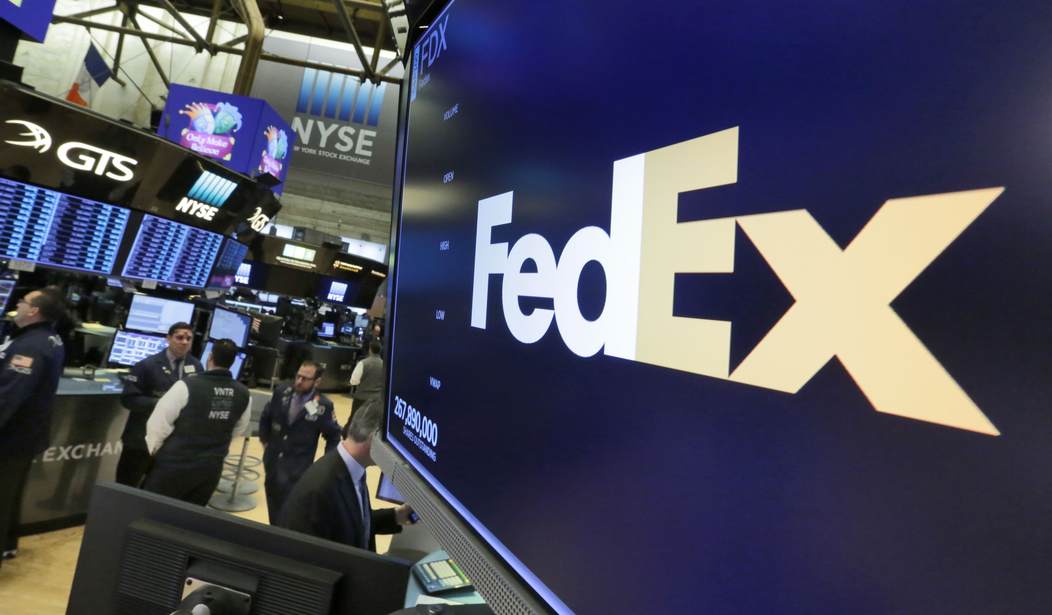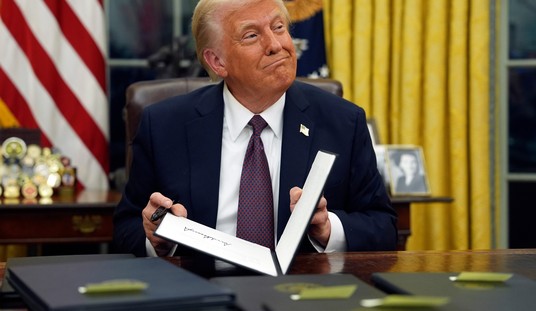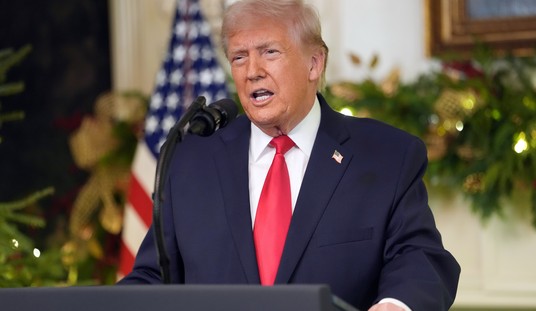It’s not often that wonky articles on capital investment create news stories, but that’s exactly what happened recently. A New York Times piece using FedEx as a poster child to suggest that the tax reform law passed in 2017 has not resulted in a substantial boost to corporate investment elicited a forceful response from FedEx CEO Fred Smith, who called The New York Times story “distorted and factually incorrect.” But stepping back, the truth is that, while the Times does have its facts straight, it drastically oversimplifies a complicated economic landscape.
The authors of the Times story look at the size of the corporate tax cut businesses receive and compare it to the change in their capital investment habits following the passage of tax reform. They find that capital investments shot up immediately following the Tax Cuts and Jobs Act (TCJA), but flattened out afterwards. The authors conclude that the TCJA had little lasting effect on corporate investment.
This oversimplified snapshot misunderstands the factors that lead to corporate investment. Businesses invest when they make a cost-benefit analysis and determine that the investment will result in a long-term benefit.
Therefore, the size of the corporate tax cut these businesses received is not really relevant. The argument that advocates of the tax reform package made is that cutting the corporate tax rate, alongside other provisions such as allowing full expensing of capital investments, would shift the cost-benefit analysis to make capital investments more financially appealing.
And indeed, immediately following the passage of tax reform we did see a surge in capital investment. The fourth quarter of 2017 and the first two quarters of 2018 saw capital investments jump by 8.4, 8.8, and 7.9 percent respectively.
The New York Times article’s criticism targets the quarters following, where investment growth has slowed while stock buybacks have jumped. But economic arguments are made “all else being equal” — in other words, assuming all current policies and trends continue. That means that the argument for the TCJA could not account for policy changes that were at that time unannounced, such as the advent of a massive trade war that totaled more than $54 billion in taxes on American businesses and consumers, as well as retaliatory tariffs from other countries.
Recommended
These trade taxes and retaliatory tariffs represent a significant millstone on the economy, making investments more expensive and tilting the scales of the aforementioned cost-benefit analysis in the opposite direction that the TCJA aimed to. Additionally, the trade war, and the ever-present threat of new tariff salvos coming from the Department of Commerce and our erstwhile trade partners creates uncertainty that makes planning for the future through investment a murkier prospect.
The Times’s implied culprit, stock buybacks, have always been a bogeyman. But while pundits often present stock buybacks and capital investments as a one-or-the-other prospect, the data shows that businesses generally only engage in stock buybacks when they have exhausted all opportunities for productive investments. The fact that stock buybacks have increased in no way means that businesses are buying back stock instead of investing.
A more likely explanation is that the TCJA’s cut to the corporate tax rate effectively makes past investments more productive, because any additional revenues they generate would be subject to a 21 percent corporate tax rather than the pre-TCJA 35 percent rate. That resulted in businesses having an unexpected surplus of cash. It makes sense that businesses used this unexpected surplus to buy back stock — the corporate equivalent of depositing cash into the bank should capital need to be raised later.
Given the massive surge in capital investment seen in three straight quarters surrounding the passage of the TCJA, it’s reasonable to think that the TCJA was having its intended effect on investment habits until the economic landscape changed. It’s less reasonable to interpret this data as businesses changing their minds en masse and neglecting productive capital investments in favor of rewarding shareholders over half a year later.
So while the Times is not wrong that investment has slowed, it errs in assuming that this is necessarily an indictment of the logic underpinning the tax reform package. Economic policy is complicated, and rarely lends itself to surface-level analysis.

























Join the conversation as a VIP Member